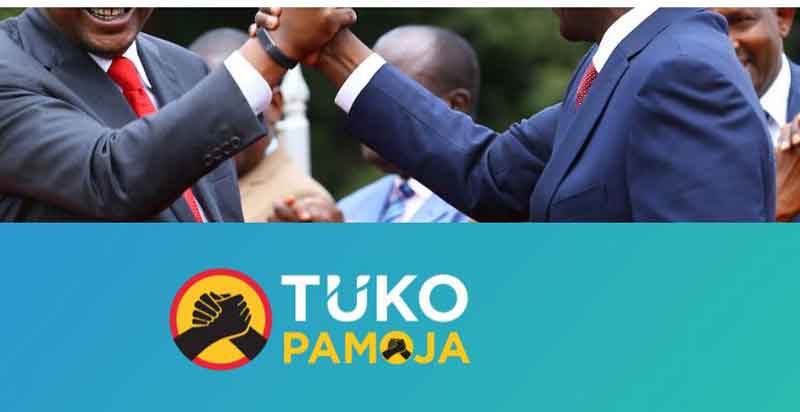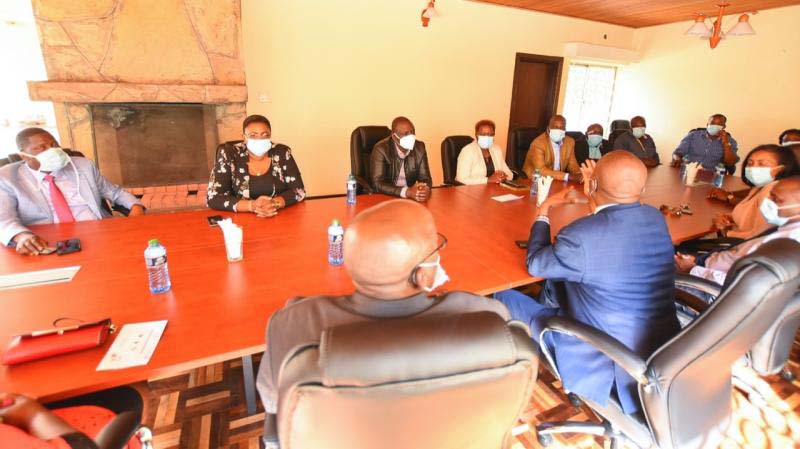×
The Standard e-Paper
Join Thousands Daily


That the William Ruto faction of the ruling Jubilee Party is now Jubilee-Asili was long-overdue going by Kenya’s culture of political party promiscuity.
It doesn’t matter that Ruto protégé Elgeyo Marakakwet Senator Kipchumba Murkomen is downplaying the gambit while Aldai MP Cornelly Serem says the splinter group may consider reserving the name ahead of the 2022 elections. The cat is out of the bag, at least for us non-insiders.